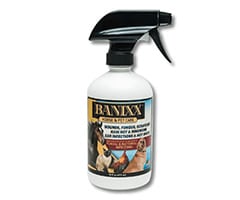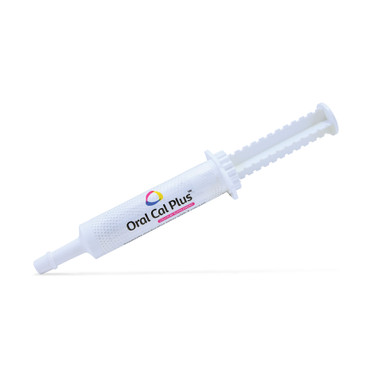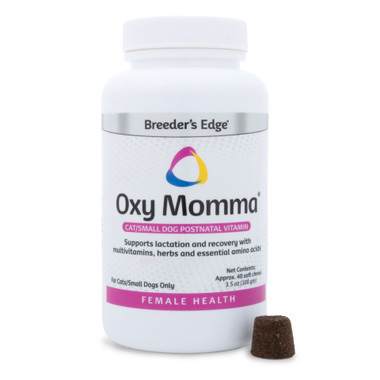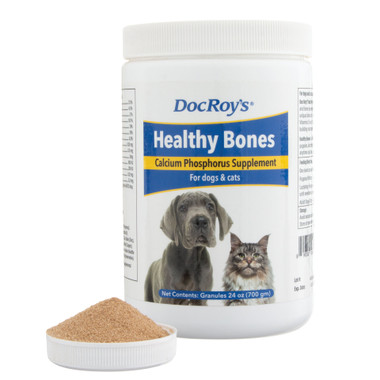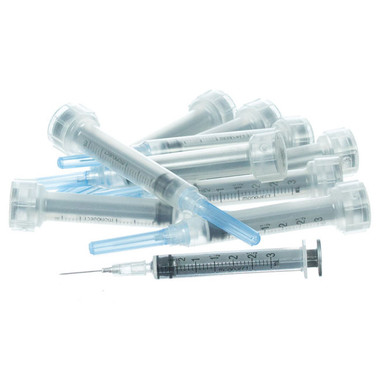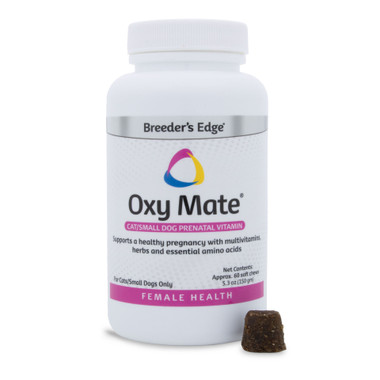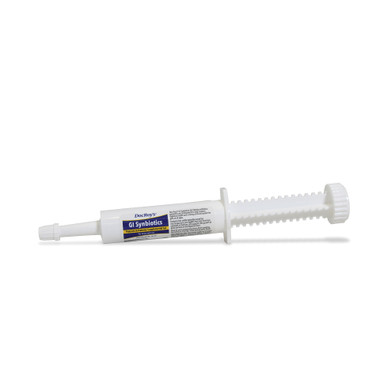Managing the Mamas –Part 2 –The Foal development process
Estimated 0 min read
At this point, your mare is pregnant and we’re moving on to the next step. Your mare’s care as covered Part 1 still applies, but as her pregnancy progresses, she may have additional needs and will require more conscientious observation. And, if you the owner, has the mare at your own farm…you’re in for the long haul….How long is the pregnancy of a horse? in general, around 11 months! that’s 11 months of not letting your guard down! We spoke with several breeding experts for advice on this special season in your mare’s life.
Foal Fetal Development

Checking fetal movement
Most pregnant mares will be checked again two weeks after ovulation to confirm pregnancy with ultrasound, says Dr. David Ricks DVM, the senior veterinarian at Brazos Valley Stallion Station in Stephenville, Texas. He will then check his mare at day 28 to look for a heartbeat on an ultrasound.
“That’s a good confirmation that the embryo is continuing to grow and everything is normal,” David said. “About 10 percent of the time there’s a loss of the embryo between days 14 to 28.”
The next check is typically around 42 days, just before the mare is sent home, if she’s been at a breeding facility such as the Brazos Valley Stallion Station.
“From days 28 to 42, the percentage of pregnancy loss is more like two percent—it’s fairly rare that we lose one at that point,” David said.
Placentitis
The next check is usually around month seven, looking for placentitis—that’s an inflammation of the placenta due to infection.
“When caught early, you can typically treat it and still have a successful birth and a healthy baby,” David says. “If you don’t treat it, it can cause late term abortions, stillbirths or extremely sick foals that end up in ICU and may not make it.”
If your mare starts bagging up too early—three or four months from her due date—that’s a red flag and David says you should call your veterinarian immediately to check for an infection.
Heartbeat Check
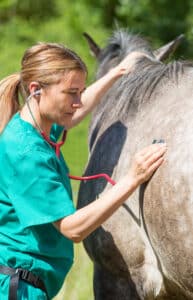
Checking hearbeat
Cindy Harris of Harris Paint Horses and Stallion Station in Federalsburg, Maryland, says her veterinarian follows a similar schedule, checking for a heartbeat with a second ultrasound at day 23.
“If there’s any question about the viability of the fetus, we follow up in a couple days and then on a regular basis,” Cindy said. “Usually if it’s early in the season and the mare has become open [breeding was not successful], we may rebreed her, following up several times before day 45. If it’s late in the season and the mare will not be rebred, we follow up around day 60 and again in the fall to see if the mare is still in foal or should be put under lights for an early breeding.”
If a mare had any issues during breeding season, Cindy says she’ll get a reproductive exam and a uterine culture to determine if she needs treatment prior to the next breeding season.
Ashley says frequent vet checks give them a chance to identify cases of Placentitis and helps her know which mares need to be rebred.
“If I have a bunch of mares to be rebred, I don’t need to select new stallions for the following year,” Ashley said. “We also try to fetally check the sex all of our mares around day 60. It’s just so fun, and sometimes we have buyers specifically looking for a colt or a filly.”
Medication modification
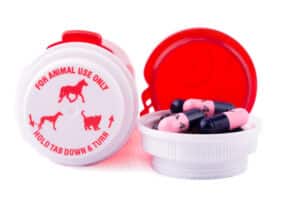
Check with vet about giving your mare medication
If you’re concerned about whether or not a medication or drug is safe for your pregnant horse, David recommends talking to your vet, as each drug has its own parameters.
“Most of the common drugs are perfectly fine to use during pregnancy,” David said. “If you need to give an antibiotic, or some other types of drugs, we’d need to take a look at it to see if it’s worth it to give to your mare.”
David says some mares may need progesterone supplements during their pregnancy. Check with your veterinarian to see if this is something that can be of benefit to your mare.
Cindy’s mares that have had a history of early embryonic death may start on Regumate six days after ovulation. This may be followed by progesterone testing to determine if they need to stay on the medication or be weaned off once a heartbeat is detected.
The exercise question – can you ride a pregnant horse?

Ease off riding at 8 months.
The biggest questions David gets from mare owners surround exercise—can you ride a pregnant horse?
“In that first 45 days after ovulation, I would avoid stressing her out with long trailer rides and avoid heavy exercise,” David said. “After those 45 days, things are a little more stable, you just don’t want the mare to get so hot that they’re lathered up. If you get them hot enough that their body temperature is rising, we could develop problems during that early stage.”
Davis says at about eight or nine months, you’ll want to ease off and let your mare finish out her pregnancy without being worked.
Ashley Bickell of Stillwater, Oklahoma, says her mares are often ridden earlier in the pregnancy and allowed to wander in their 20-acre pasture later on in the pregnancy. She avoids showing pregnant mares.
“I feel there’s an increased risk for disease and pathogens anytime you go to a horse show. and we’ve already invested so much money in getting the mare pregnant that I would hate for a mare to go to a show and end up with herpes or something,” Ashley said. “If you end up bringing that disease back to your own herd, you could end up with an abortion storm or something else with an infectious disease.”
Foal watch
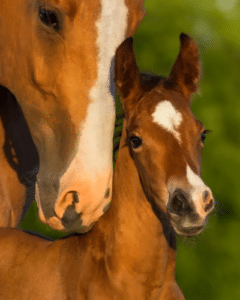
Mare with foal
David says you should keep an eye on your mare’s body condition, and make sure she’s growing normally. When she hits her 11thmonth, he recommends checking her over daily, looking for relaxation of her vulva, filling up of her bag, and looking for signs of labor. So how long does a horse stay pregnant? Between 11 and 12 months.
“Anything between 320 and 340 days is considered a normal gestation,” David said.
Cindy’s mares are visually examined daily to make sure there’s nothing that needs to be addressed in their diet or health.
“A quick once-over daily can determine whether there is udder development or discharge, which could be a sign of placentitis,” Cindy said. “By observing them daily, you get a good indication of what is ‘normal’ for that particular mare and can hopefully spot a change in her behavior or appearance before there is a serious issue.”
Cindy says consistency is the key to watching your mares.
“If you personally aren’t observing your mares, then make sure the same person is seeing them daily. And ensure that this person has an eye for what is normal or abnormal for each mare in the herd,” Cindy said.
Ashley checks her own mares daily.
“I put my hands on them every single day,” Ashley said. “Our mares are out in the pasture, but it’s really important to know they’re ok. I handle them every day because it also makes them more friendly and easier to catch. If the experience is positive for them, they aren’t hard to catch.”
Environment
Cindy’s mares all go under timed lights starting November 1 from 4 p.m. to 11 p.m, using natural daylight and artificial light to encourage the mare to cycle at the appropriate time.
Stall Time
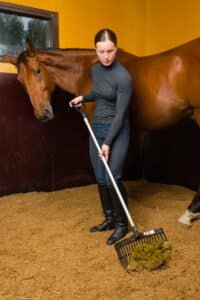
Keep your mare’s stall clean
Once she’s getting close to foaling, David recommends isolating your mare from the other horses so she won’t have to worry about protecting her foal from curious onlookers. Make sure that isolated space is larger than a normal stall and fill it with clean bedding.
“She doesn’t have to be in a stall—some mares may be better foaling in a pasture—but keep it clean, keep her isolated, and reduce her stress,” David said.
Pasture Time
Once the weather settles in the spring, Cindy says her mares spend most of their time out on pasture. If a mare has a foal at her side and the weather is cold with rain and snow, she’ll spend more time in a stall with daily turnout.
“Until the foal is old enough for group turnout, we turn them out individually to keep them safe,” Cindy said. “Our pastures have run-in sheds in the case of a sudden rain, and also provide protection from the sun in the summer.”
Ashley strongly believes that a mare’s mental health is influenced by her environment.
“We try to keep them in a herd situation, and they tend to like to be outside,” Ashley said. “Of course, they have access to shelter. It’s also really helpful with mares who have fluid retention, because the more active they are, the easier it is for them to eliminate that fluid.”
A high-risk mare in Ashley’s program will often stay at a veterinary clinic for frequent monitoring. At home, she has grassy paddocks with shelter, and she’ll frequently pair two mares together if they are buddies—and not bossy—to help ease their anxiety. She says finding the right environment where your mare will be the least stressed is the goal.
“We have cameras on each mare, and we try to attend every birth,” Ashley said. “We also utilize a foal alert system that will trigger our phones when labor happens.”
The ultimate goal for these breeding pros is to make the mare comfortable and reduce stress.
“Less stress can help her maintain pregnancy,” Ashley said. “They’re doing the hard work, and those babies coming out of your program are the result.”
By Abigail Boatwright
Banixx Horse Blogs
We hope you found this article helpful and if your horse ever gets anywounds,cuts.scratchesorwhite line disease, we hope you keep Banixx Horse & Pet Care in mind. Check ourhorse blogsregularly. We have information on topics such as your horse’sdelightful dapples? Or, ways tomanage your horse’s weightor the miracles ofacupuncture for your horse..yes. we’ve got these all for you! Need your own Banixx, clickhereto find out where to buy it!
Sources
Dr. David Ricks DVM, Brazos Valley Stallion Station in Stephenville, Texas



